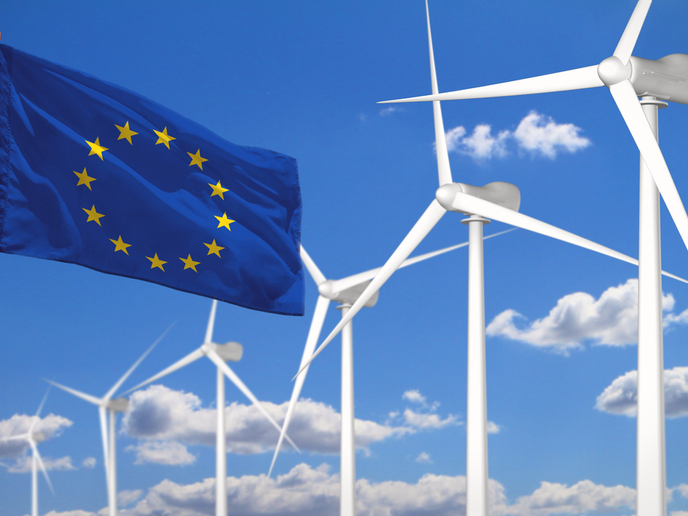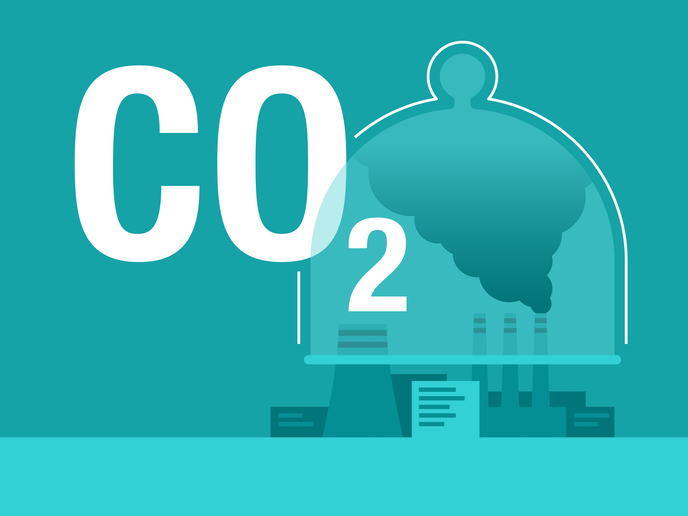New platform facilitates peer-to-peer energy trading and sharing
The concept of trading power is simple: renewable electricity from distributed power generators (such as rooftop photovoltaic panels or domestic wind turbines), backup batteries and a digital network combine to make peer-to-peer energy trading possible. The result is a virtual utility of distributed generators and storage systems shared amongst a neighbourhood that operates independently from traditional utilities, while still relying on the electricity grid. The EU-funded SHAR-Q project developed an open platform that resembles well-known social web portals to enable peer-to-peer networks to connect. The aim is to link neighbouring systems of distributed energy storage in a collaboration framework that optimises decentralised energy deployment. “The platform allows users to independently manage their contribution to the collaborative models. For example, they can control with whom they wish to share specific storage capacities,” explains project coordinator Andrea Rossi.
Improving the economics of energy storage
Thanks to the decreasing cost of renewable energy sources, distributed generation has become economically viable – even without public funding. Nevertheless, integrating renewable energy sources into the electric power grid is challenging, due to their fluctuating nature. Energy storage systems provide a solution to this problem, transforming distributed energy systems so they are no longer considered passive units, but rather ordinary power plants with production control capabilities. It is worth mentioning that the cost of energy storage per electricity unit is several times higher than the cost of energy consumed upon its direct output from distributed energy sources. As a result, the energy storage capacity largely determines the overall cost per electricity unit in a local ecosystem. “At the core of SHAR-Q’s concept is that optimising the sharing of energy storage eliminates the need for a large system that stores energy. In turn, this significantly reduces the cost of the energy output of the distributed energy systems that are participating in the sharing process,” Rossi says.
Promoting a vendor-independent energy marketplace
SHAR-Q aims to revolutionise the way energy is shared and distributed in the ‘last mile’. Consumers will be able to make sustainable choices about how they distribute energy, without relying on energy vendors. “SHAR-Q’s innovative peer-to-peer framework helps break reliance on current energy vendors and boosts participation of multiple and different players in the value chain,” notes Rossi. He continues: “In contrast to existing platforms that manage centralised renewable generation and storage, SHAR-Q’s platform has been designed with another goal in mind: to streamline exchange of distributed energy and enable each user to manage his or her participation in the collaborative process.” SHAR-Q’s peer-to-peer platform is in line with Europe’s forward-looking concept of creating 'more interconnected, flexible and consumer-centred markets'. These kinds of energy markets are promoted in the EU's Clean energy for all Europeans package.
Keywords
SHAR-Q, platform, energy storage, distributed energy, peer-to-peer energy trading, Clean energy for all Europeans, energy systems







